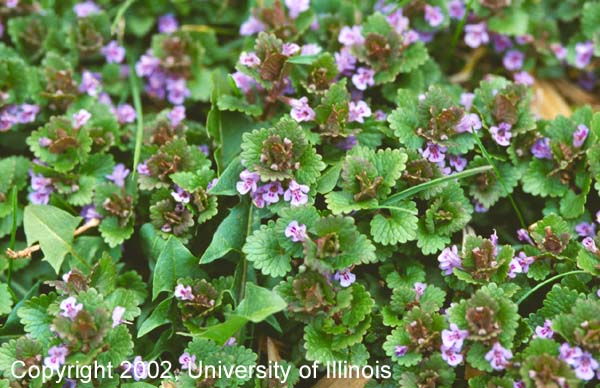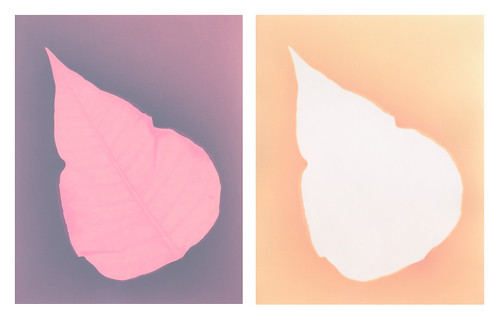So I started thinking, "Well, isn't that just how a lumen print works, except without the photo chemistry?" And yeah, basically it is. So I decided to set out to do some lumen prints inspired by chemigrams. Since they don't use darkroom chemistry, I'm calling them 'liquigrams' but there might actually already be a word for them. I dunno. I Googled for five minutes and didn't find one.
 So far, I've made three of these prints. I only have so many basins that I can make them in, and they require a good washing after exposure so they take a bit longer than normal lumens. Still, the weather's been nice and I'm hoping to do some this coming week as well. Today my prints were made using corn syrup, chocolate syrup, orange juice, milk, ice cream salt, maple syrup and strawberry jam. The best results (above) came from carefully planning out what I wanted the final result to look like. Pre-visualization is key, just as with all forms of art.
So far, I've made three of these prints. I only have so many basins that I can make them in, and they require a good washing after exposure so they take a bit longer than normal lumens. Still, the weather's been nice and I'm hoping to do some this coming week as well. Today my prints were made using corn syrup, chocolate syrup, orange juice, milk, ice cream salt, maple syrup and strawberry jam. The best results (above) came from carefully planning out what I wanted the final result to look like. Pre-visualization is key, just as with all forms of art. I strongly suggest anyone wanting to experiment does some tests to figure out which resist will cause which colors. In mine, the chocolate syrup tended to produce pinks and reds, where clear syrups or uncovered paper left the greyish blue. The yellow at the bottom of the above print comes from milk and ice cream salt combined. I got orange-browns where I applied maple syrup. Orange juice did not seem to impart a particular color. Once you know, generally, what kind of colors you can create, you can basically treat this medium like painting. I'm gunna have some fun, let me tell you!
I strongly suggest anyone wanting to experiment does some tests to figure out which resist will cause which colors. In mine, the chocolate syrup tended to produce pinks and reds, where clear syrups or uncovered paper left the greyish blue. The yellow at the bottom of the above print comes from milk and ice cream salt combined. I got orange-browns where I applied maple syrup. Orange juice did not seem to impart a particular color. Once you know, generally, what kind of colors you can create, you can basically treat this medium like painting. I'm gunna have some fun, let me tell you!Later this semester I may try involving the chemistry used to create chromoskedasic sabatier effects. I did a workshop (also at SPE) with Angela Wells about that technique and it is really awesome. I'd love to see how it combines with my lumen printing.
There will be two posts this week, because I've also been experimenting with lumen prints on ortho-litho film. I was introduced to the idea by John Fobes, and it shows some promise. That's for later, though. I want to test the technique with fresh leaves... or maybe fluids! Who knows! Anyway, so far my results with that technique haven't been particularly awesome. They require a good bit of post-processing to create strong images, and I'd rather accomplish that in-process.





